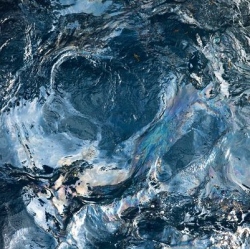
When energy companies extract natural gas trapped deep underground, they’re left with water containing high levels of pollutants, including benzene and barium. Sometimes the gas producers dispose of this contaminated water by sending it to wastewater treatment plants that deal with sewage and water from other industrial sources. But a new study suggests that the plants can’t handle this water’s high levels of contaminants: Water flowing out of the plants into the environment still has elevated levels of the chemicals from natural gas production.
In 2010, about 23% of U.S. natural gas production involved a process called hydraulic fracturing or fracking. Workers inject high volumes of water at high pressures into the ground to break shale rock formations and to release trapped natural gas. Up to 80% of that injected water returns to the surface, where it’s collected as wastewater.
Currently, companies deal with this leftover water by reusing it, injecting it into deep storage wells, or sending it through sewage treatment plants.
